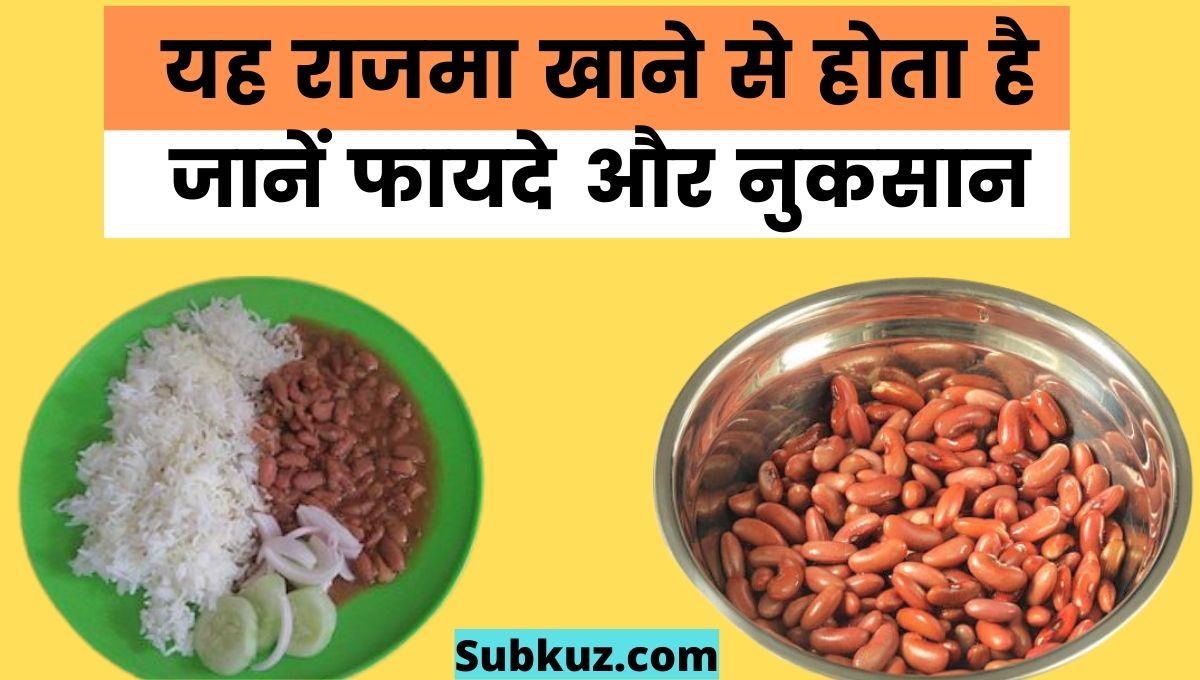Benefits and Drawbacks of Eating Rajma
Rajma is a delicious, nutritious, and popular dish. Its ease of preparation has made it a staple, particularly the combination of rajma and rice. While a Punjabi specialty, it's enjoyed throughout the country. The flavour is significantly enhanced when prepared with a variety of spices.
Rajma is a favourite among many, and it's a dish that children generally enjoy. Its appeal extends beyond restaurants; it's easy to prepare a flavorful rajma dish at home. If guests are visiting, a homemade, warm, and delicious rajma is a great option, avoiding the need for takeout.
Let's delve into the benefits and drawbacks of eating rajma.

12 Benefits of Eating Rajma
1. Provides Energy
Rajma is a good source of iron, crucial for boosting metabolism and energy levels. Iron facilitates the flow of oxygen throughout the body, leading to increased energy production.
2. Aids in Weight Management
Rajma contains fiber, helping to regulate weight. Consuming rajma in various forms, such as soups or as a side dish, can contribute to overall nutritional intake and potentially aid in weight management due to its various nutrients.
3. Cleanses the Body
Rajma helps eliminate toxins from the body, promoting digestive health and relieving minor discomfort like headaches. Its fiber content aids in digestion, creating a beneficial effect on the gut.
4. Improves Memory
Rajma consumption contributes to brain health and memory enhancement due to the vitamins and minerals it provides. Its nutrients support cognitive function.
5. Strengthens Bones
Rajma contains calcium, biotin, and manganese, all essential for healthy bones, nails, and hair. It contributes to ber bones, promoting healthier nails and hair, and reducing hair loss.
6. Manages Diabetes
The fiber content in rajma helps regulate blood sugar levels by managing carbohydrate intake.
7. Lowers Cholesterol
Rajma can contribute to lower cholesterol levels. The fiber present in it helps to bind cholesterol.
8. Regulates Blood Pressure
Rajma's magnesium content aids in regulating blood pressure and maintaining a healthy heart rhythm.
9. Boosts the Immune System
Rajma is a protein source and contains antioxidants, which strengthen the immune system, making the body more resistant to infections.
10. Cancer Prevention
Rajma's antioxidants may help prevent certain types of cancer.
11. Rich in Protein
Rajma is a good source of protein, especially for individuals following a vegetarian or vegan diet.
12. Benefits for Hair and Skin
Rajma's vitamin content contributes to healthy hair and skin, promoting elasticity and overall well-being.
Drawbacks of Eating Rajma
Rajma can sometimes cause gas or indigestion in some individuals due to its high fiber content.
Proper Preparation of Rajma
Rajma should be cooked thoroughly and appropriately seasoned for optimal flavour and digestion.
Foods to Avoid with Rajma
Dairy products should be avoided with rajma, as they can hinder digestion and lead to digestive discomfort.
Foods to Consume with Rajma
Rajma can be enjoyed with various foods, and plenty of water is recommended to aid digestion.
Disclaimer: The information provided is based on publicly available information and general perceptions. subkuz.com does not guarantee its accuracy. Consulting with a medical professional before making dietary changes is recommended.











